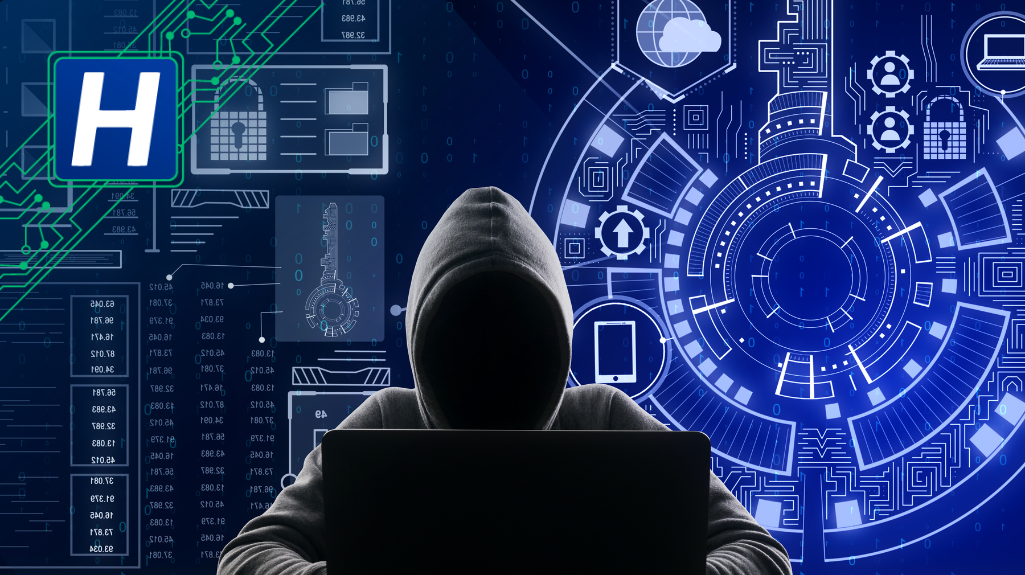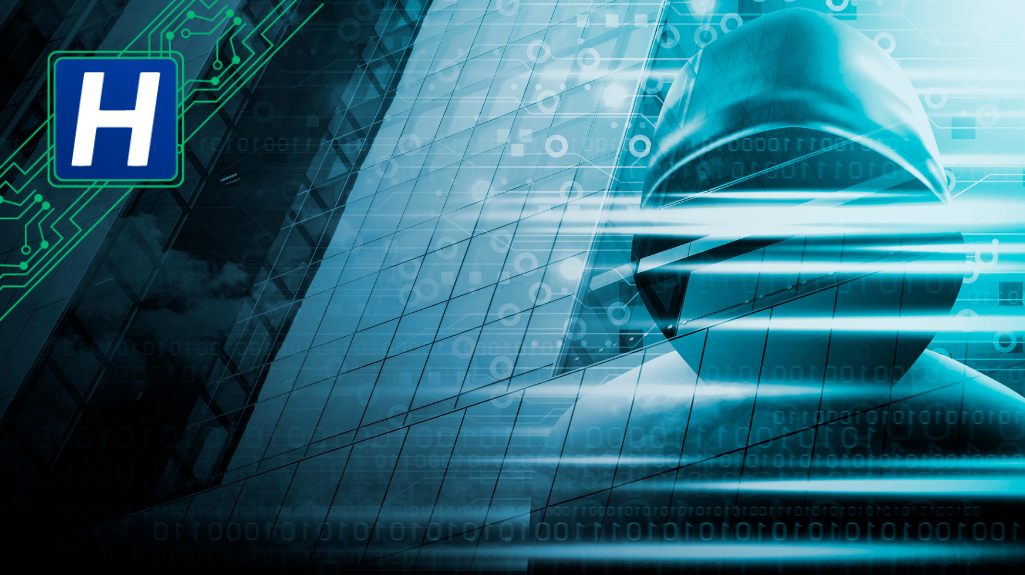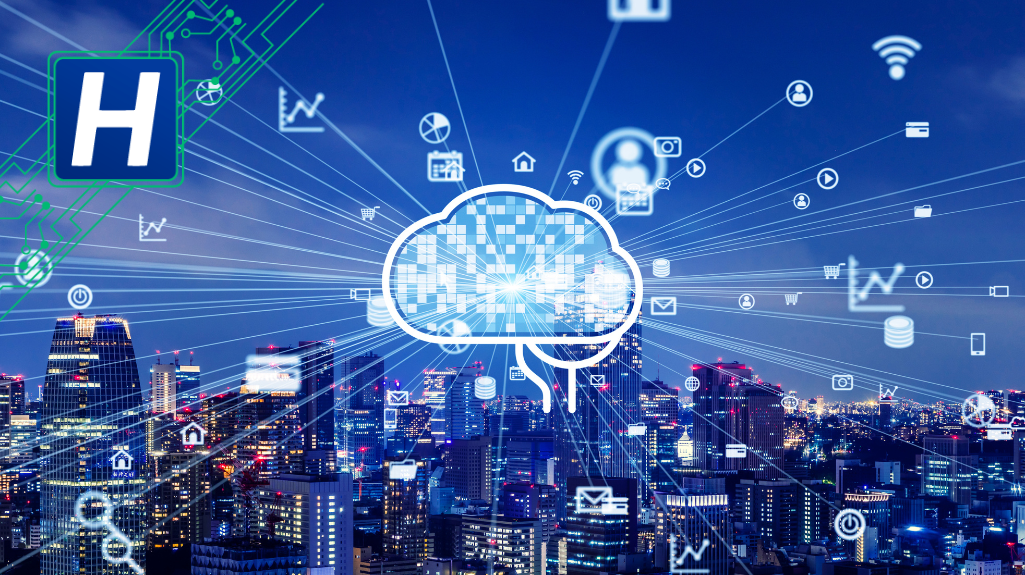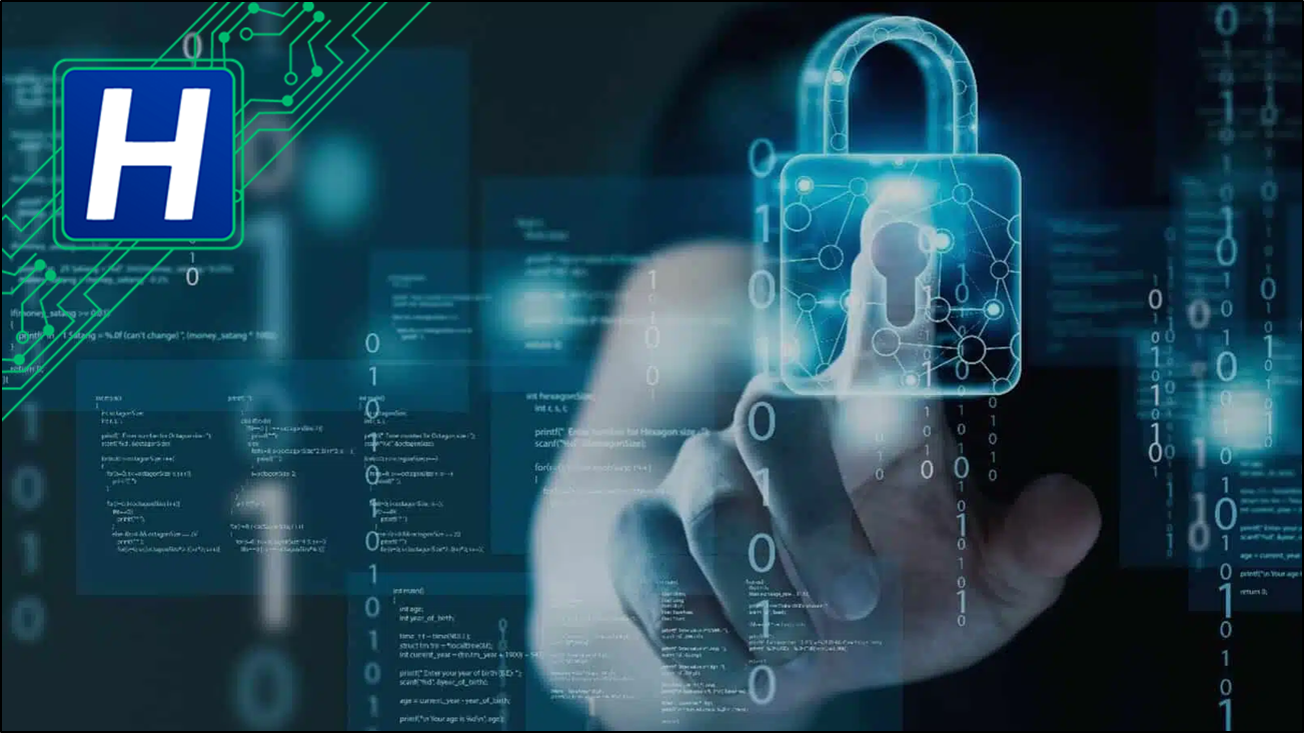Cybersecurity experts rely on a variety of metrics to measure the effectiveness of their solutions. One such metric is catch rate. The higher an organization’s catch rate, the better the job it is doing protecting against cybersecurity threats. In the end, a high catch rate is good for both system security and the bottom line.
For many a CEO and CFO, the bottom line rules the day. Therefore, CTOs need to keep the bottom line in mind when looking at new security solutions and strategies. Anything that helps the bottom line while also improving security is worth looking at. With that established, let us take a closer look at catch rate and how it relates to the bottom line.
An Easy-to-Understand Metric
Catch rate is an easy-to-understand metric that offers more value than you might realize. In its simplest form, catch rate is a measurement of the number of cybersecurity threats that are effectively detected and mitigated, represented as a percentage of the total.
A catch rate of 95% indicates that an organization’s cybersecurity solutions and strategies detect 95 out of 100 threats and prevent them from coming to fruition. Maintaining a consistent 95% catch rate would mean that an organization’s risk rate is a mere 5%.
Ultimately, companies like Hillstone Networks strive for a 100% catch rate. Consistently maintaining a perfect rate is extremely difficult in the modern era. But that does not mean we stop trying.
An Important Metric for Comparison
Catch rate is not just easy to understand, it is also an important metric for comparing security solutions. Organizations assess solutions like firewalls and edge protection strategies based on cost, ease-of-use, scalability, and so forth. But the ultimate measurement is effectiveness. No cybersecurity solution is worth investing in if it doesn’t get the job done.
Hillstone Networks offers a cloud workload protection platform (CWPP) known as CloudHive. One of its main functions is to help block lateral movement that could be utilized to launch sophisticated, multilayered attacks. We expect CloudHive to consistently produce a high catch rate.
Catch rate can be affected by a number of different things. At the top of the list is environment complexity. More complex environments are harder to secure because they involve a larger number of entry points. In addition, catch rate is affected by system configuration and the sophistication of the attacks being launched.
How It All Affects the Bottom Line
Knowing all about catch rate is interesting, but how does it affect the bottom line? Catch rate demonstrates how effective an organization’s cybersecurity solutions and strategies actually are. The higher the rate, the more cost effective a cybersecurity strategy is. The lower the catch rate, the less cost effective.
Never forget that security breaches affect the bottom line in numerous ways. Organizations spend a ton of money mopping up after a successful breach causes damage. They spend money on corrective actions as well. Then there is the cost of training employees, combined with any potential costs resulting from penalties or fines.
This says nothing of the cost to an organization’s reputation. In fact, the reputational cost can be the highest of all. Once a company loses its good reputation, getting it back can be a monumental task.
Catch rate is a simple metric in cybersecurity. Yet it can have a profound impact on an organization’s bottom line. At Hillstone Networks, we strive to maintain a consistently high catch rate with all our solutions.



